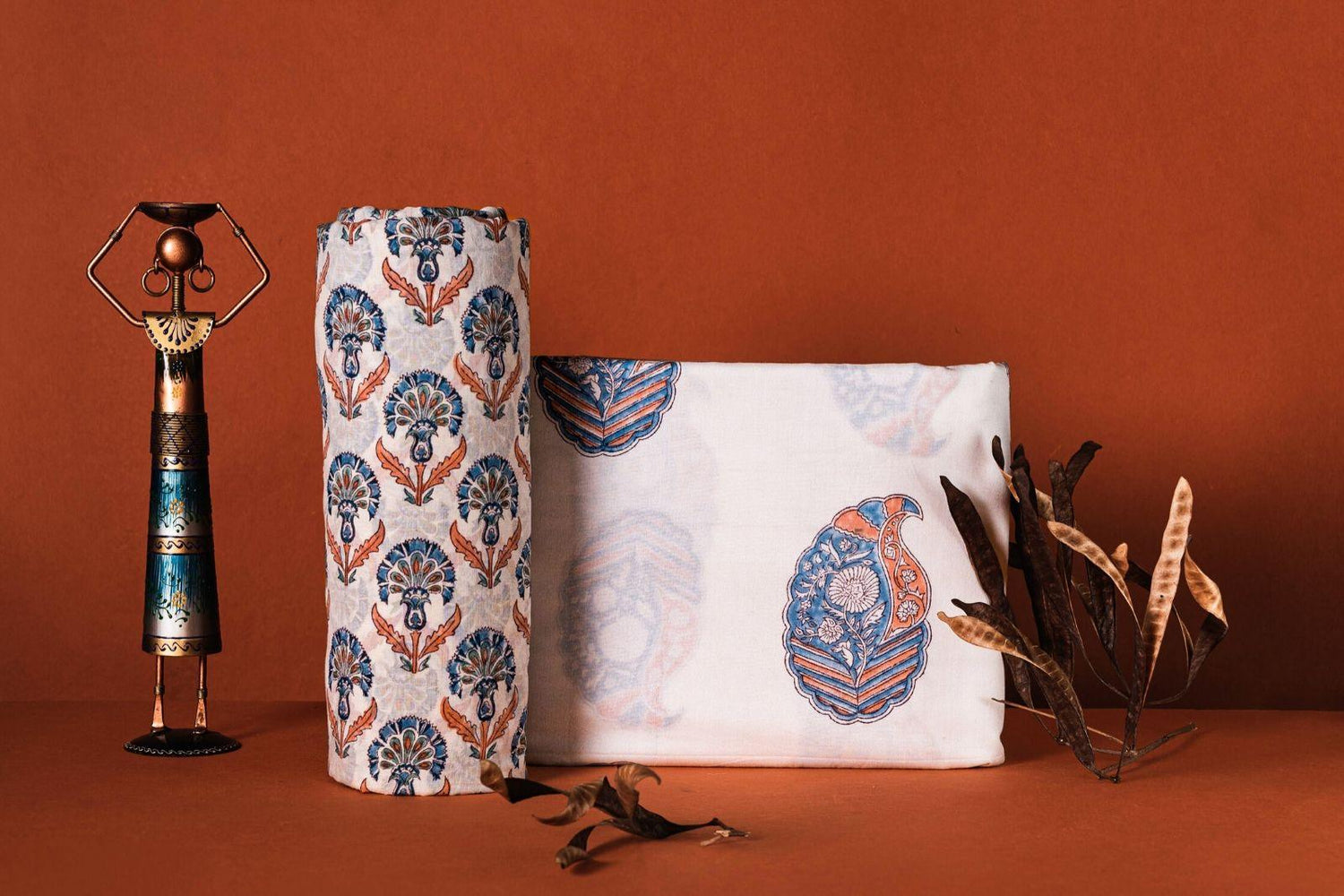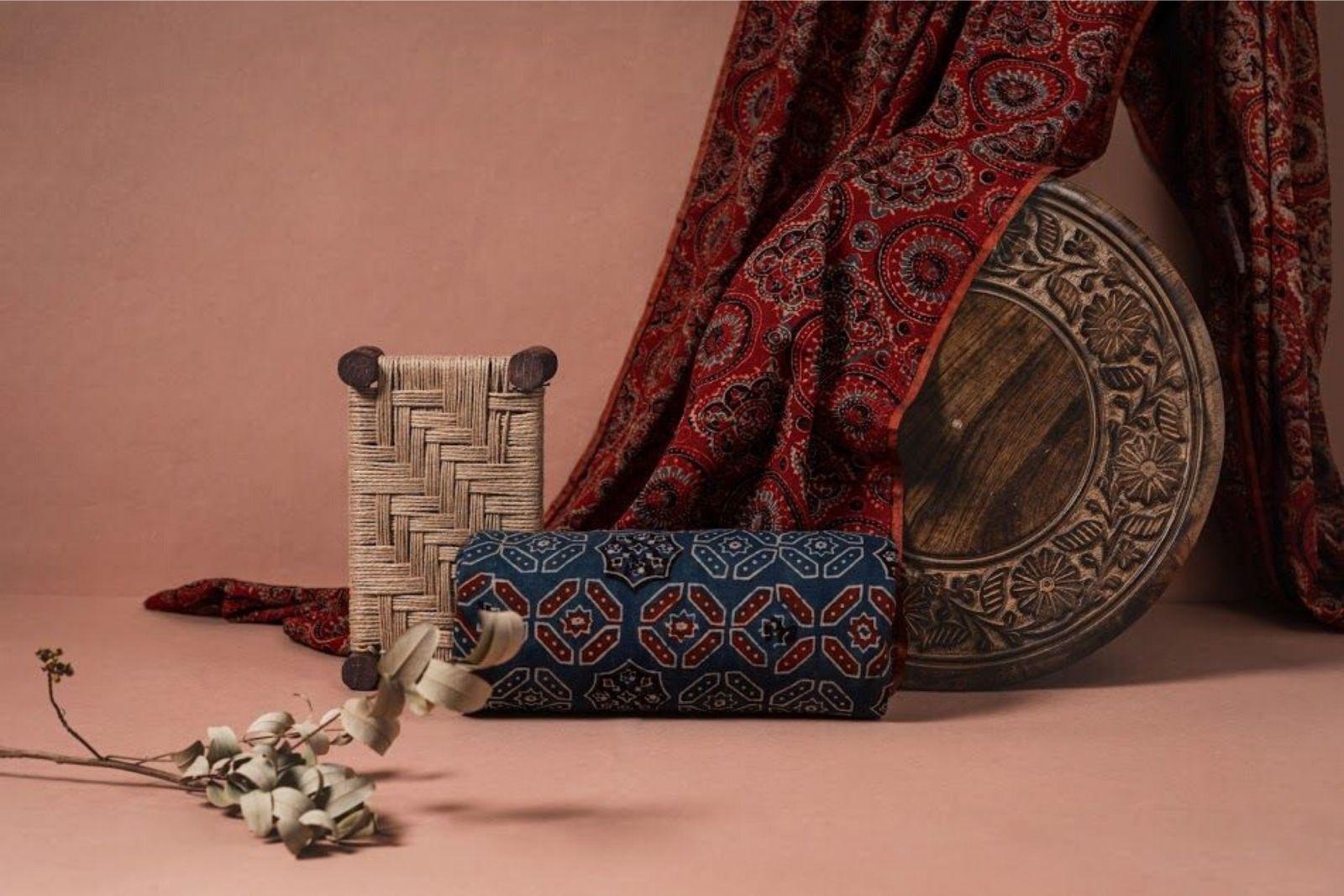So that cute little top that you bought recently is super cheap right? And you plan on buying some more. But what if I tell you, that that cheap top you bought is ruining the planet and your body. Yeah, you get it right…both of them. Fast fashion is just not about giving up comfort but also giving up the well-being of our planet as well. Confused? Wondering how the top you could be wearing affect the environment? So let’s take detour from fast fashion.
The Curse of Synthetic Fabrics
Since time immemorial production of clothing has been quite simple, albeit laborious. Simple and natural materials like wool's and cotton were used for the production of apparels, and the farmers and weavers had to work hard to get the desired design. Then came commercialization. The simple weaving techniques couldn’t keep up with the increasing demands and hence resorting to mechanization became inevitable Chemicals were added to the fabric to prevent them from wrinkling and shrinking. Artificial dyes were added to fabrics, and also flame retardants.
Then after that came the petroleum-based clothing industry, that is a big culprit in the production of synthetic fibers and synthetic fabrics. These synthetic fibres are mostly made of polyester, which is a plastic and is a by-product of petroleum. This might give you a very basic idea as how they might not be Mother Nature’s best friend. But there is more. They aren’t overtly beneficial for your health too. Polyester is strongly linked to hormonal disruption and even the formation of breast cancer cells.
This health risk is not only suffered by the consumers, also factory workers face this health hazards. They mostly work in terrible conditions and they face this debilitating health issues.
These fabrics are no better for your environment as well. It is reported that the clothing industry is accountable for over 20% of industrial water pollution in the world and a large part of it because of fabrics like polyester and nylon. The production of nylon emits nitrous oxide, a greenhouse gas 300 times more dangerous to the ozone layer than carbon dioxide. The production of polyester requires much water, the contaminated water after usage is flushed back into the waterways thus entering our food chain. Further, they dyes that are used in these clothing also wreck much damage on our environment.
So now sit back and think once more. Does that top costing 150rs seem worth it? Is it worth the damage you are causing to your health, to the health of the factory workers as well as the to the health of our planet?
The What Why & How Of Sustainable Fabrics
In case you are now convinced as to how these synthetic fabrics are making this planet unlivable, one day at a time and now you actually want to take a step towards making this planet a better place to live it, then let us introduce you to the world of sustainable fabrics.
You must have heard various jargon's related to sustainable fashion like eco-friendly textiles, sustainable textiles or questions like what is natural fibre clothing? What is organic fiber? And a ton of these. So in case you are feeling overwhelmed, let us help break it down for you.
What are sustainable fabrics? Sustainable fabrics are essentially those fabrics which are grown and manufactured in an environmentally sustainable way. This parameter usually includes, no or minimal usage of chemicals, it has to be made from a renewable resource, it has to have a good ecological footprint.
There are various kinds of sustainable fabrics that are out there, let us introduce you to some of them
-
Natural fiber : What are natural fabrics? As the name suggests, these fibers are sourced from natural origins. In other words, they aren’t artificially made in factories. There are many types of natural fibres- Bamboo, banana fiber being some examples of them. Natural fibre clothing can be quite interesting and help you stand out of the crowd. And if you are looking for some trivia, here is some-Ramie, also known as China grass is the strongest natural fiber.
-
Natural fiber and natural dye: The purpose of using natural fibre would be completely defeated if artificial dye is used on it because it again is going to harm our environment. Hence to be truly sustainable, one must use natural dye too. Natural dyes are dyes or colorants derived from plants, invertebrates, or minerals. They are also called organic fiber dye. The majority of natural fiber dyes are vegetable dyes from plant sources—roots, berries, bark, leaves, and wood—and other biological sources such as fungi and lichens. They are biodegradable hence they don’t stay back in the food chain and cause any long term trouble.
-
Organically produced fiber: Organically produced fibers are those which does not include the usage of any artificial pesticide or fertilizer in its production. Organically sourced cottons or in other words organic cotton can be examples of this category. They are different from regular ones in the sense that these are sustainable cotton.
- Recycled fiber: This has to be one of the most Eco-friendly type of fabric as it is produced by recycling the existing discarded fabrics. For example companies around the globe are recycling cotton fabric waste and producing prime, reusable fiber.
Change Your Look, Change the World
In case you are still not convinced about the aesthetics part of sustainable fabric, then walk with us a little more. Fashion these days has become quite monotonous. In the name of trends we end up wearing the similar stuff as the person standing next to us. This is mainly because clothes are now mass-produced in factories so you will inevitably end up with something that your friend or worse, your nemesis has. Scary right? Now if we move away from machine made goods and go into handicrafts, there is a lot more uniqueness and “wow” factor in it. Mainly because they aren’t made in bulk, they are made by the artisans themselves and hence the come out to be “one of a kind”. Now these artists mainly work with Eco-friendly fabrics and sustainable textiles. Despite the enchantment of working in mills and factories, they have stuck with their traditional forms of art and craft. These artisans don’t want to be lost in the crowd of factory workers, they want to retain their identity as artisans and also it is one of the means to retain the identity of India as well, a large part of which is rooted in our traditional arts and crafts.
The Future Is Sustainable
Sustainable fabrics are a part of the larger movement of sustainable fashion that is taking on the world. Woke Designers around the world are experimenting with sustainable fabrics and working more and more to make fashion sustainable. Sustainable fashion is no more a choice but in current times it is a necessity because in the apparel industry the production and consumption of fashion products involve toxic wastes and harmful environmental effects in all stages. Mainstream brand like Levi’s and Pact are embracing sustainable fabrics and making sustainable fashion the philosophy of their respective brands.
So, when you are making a switch to sustainable fabrics and eco-friendly textile, your action is causing a positive impact in so many walks of life. You are looking after your own health, the health of the factory workers, the health of our planet and at the same time you are also empowering the local artisans as well by keeping their crafts alive. Sure, this switch is not an easy one mainly because synthetic fabrics are much cheaper than the organic ones and sometimes it is very difficult to not give into the temptation. So, just take one step at a time and think of it as a small investment for a better planet and a better you.




